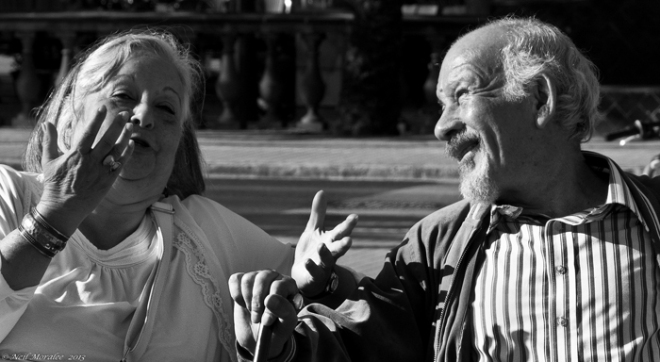Today, many people are alone either by choice or circumstance. Given the way society and culture is today, with people constantly uprooting and moving from one place to another, it would be a lot easier if we could be just as happy alone as with other people. For most of us, though, being alone means being lonely. When we are lonely we often have feelings of discomfort around people we do not know. These feelings make it difficult to connect with others, when connection is the only real cure for loneliness. It may be possible to overcome feelings of discomfort, and improve the ability to reconnect with others through meditation. Continue reading
relationships
Look Inside for Happiness
This video shows that the most important thing you can do to be happier right now is to learn that happiness is natural to you and is already inside of you waiting to be released. You just have to allow yourself to experience it. All it takes is an idea – a trigger – to bring more happiness into your life.
You are the source of your own happiness. Where else would it come from, if not from inside of you? If you can begin to see this truth of happiness, you have made an important start on your journey to being happier. Once you know this truth of happiness, and incorporate it into the way you look at life, your level of happiness will increase.
This is the second in a series of videos on happiness by author, D.E. Hardesty.
Number 11: The Loneliness Gene in the Digital Age
We evolved to have secure relationships with others. When these relationships are threatened, we are genetically programmed to feel the pain of loneliness. In the same way that the feelings of hunger or thirst tell us to find food and water, the feeling of loneliness tells us to find people to be with. The types of relationships we are used to today are not the same as when we were evolving, due in part to the qualities of the digital age. Loneliness is on the rise. We need new approaches to overcoming loneliness. Continue reading
In Facebook Nobody Can Hear You Cry
It is not news to anyone that the digital age has spawned an entirely new way of being lonely. In a 2013 TED talk, “Lethality of Loneliness,” loneliness expert John Cacioppo said that in the 80s twenty percent of the U.S. population was lonely at any given time. Now that number is forty percent. In the age of social media, the normal mechanisms for combating loneliness may be breaking down.
One effect of loneliness is depression. In the past, depressed people were visible. Their body language and facial expressions were seen. Their sadness touched our natural empathy and we could reach out and help.
Now, hidden away behind an avatar or emoticon, how does a lonely and depressed person signal the need for help? Given the terrible mental and physical effects of loneliness this is something we all need to think about.
What do you think?
(Graphic “In Facebook Nobody Can Hear You Cry,” by D.E. Hardesty; photo of the young woman in graphic copyrighted to alexander trinitatov/DollarPhoto.com)
Number 10: The Myth of the “One” – Building a Deep Intimate Relationship
The fantasy about the perfect “One,” waiting for each of us somewhere, makes for good romance novels. But, it is not real. Still, I think that for all of us there exists at last a tiny thought that there is One out there; there is an Ideal person. This idea can come between us and the people we are intimate with. Set against the perfection of the One, everybody falls a little short. However, if you learn to communicate with another person heart-to-heart and soul-to-soul, you can give up the fictional ideal and learn to experience the wonder of the person you are with. Continue reading



